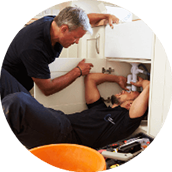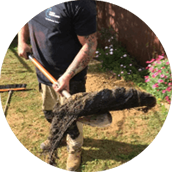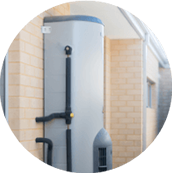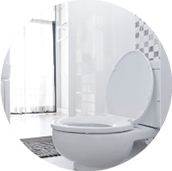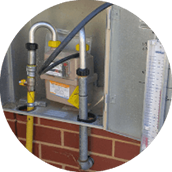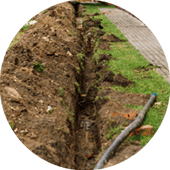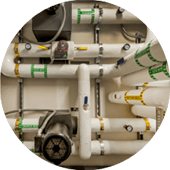A tempering valve is a tool used in hot water systems to ensure the temperature of the water is not too hot. Installing these devices with systems that offer hot water is needed to align with Australian standards. These are installed into residential homes but places that care for the elderly and children will install a thermostatic mixer that has a similar function. Here at Optimised Plumbing Services, we offer locals of Sydney with our trusted Emergency Plumber team, here to work with hot water systems and tempering valves.
The tempering valve is installed within storage tank hot water systems to restrict the temperature of the water. This is due to the plumbing codes of Australia and to prevent people, particularly young children and the elderly, from being burnt. A maximum of 50 degrees celsius is set to help prevent burns and keep people safe.
What are Tempering Valves?
To protect people from being burnt by hot water tempering valves are installed in hot water systems to restrict the temperature of the water. A maximum of 50 degrees celsius is allowed to flow out of fixtures while the tempering valve is in place. These valves are installed to protect people from burns while also for hygienic reasons. Along with preventing scalding, bacteria, such as legionella, are prevented from growing inside the hot water heater.
Only a tank hot water system will require tempering values as continuous flow systems do not store water. They will automatically prevent higher temperatures from being available and as they do not store water the chance of bacteria growing is not applicable.
How Does a Tempering Valve Work?
There are three parts of the valve that control the temperature of the water supply. One part allows the hot water to enter, the second draws in cold water then the last part is where the water exits it. A thermostatic element is also present to adjust the water temperature and is inside the valve.
When the temperature changes at a fixture the thermostatic element will contract and expand, mixing hot water with cold and providing the needed temperature. An accuracy of 3 degrees celsius is included, meaning whatever temperature is needed it will be minus or plus 3 degrees celsius to the needed temperature.
Where Is the Tempering Valve Located?
Within a hot water system with a storage tank is where the temperament valve is located. Along with the valve other parts are installed, including the line strainers, check valves, isolating valves and pressure reducing valves. When installing the tempering valve a licensed plumber will flush the plumbing system to prevent buildups within the valve.
Can You Adjust a Tempering Valve?
Adjusting the tempering valve is done through a knob on the hot water tank system. The temperatures most times can be set between 35 – 55 degrees celsius but can only be adjusted by a certified plumber. It is also important to note that the maximum temperature cannot exceed 50 degrees celsius as this will go against the plumbing codes.
What Happens When the Tempering Valve Fails to Work?
With the tempering valve protecting people from being burnt by extremely hot water, it is important that they are working at all times. It can take one second for adults and half a second for children to be burnt by 70 degrees celsius water. This is why most tempering valves will have an inbuilt thermal shut-off feature. If there is a problem the part closes the hot and cold inlet valve to prevent people from being burnt. A qualified plumber should be called as soon as possible to repair the vale to ensure people are not hurt by the hot water.
How Long Does a Tempering Valve Last?
As time progresses the tempering valve will begin to deteriorate often after 5 to 8 years. The main cause for the system needing to be replaced is buildup inside of the valve. The materials and minerals inside the tank can begin to build up in the tempering valve causing the performance to decrease or stop working. Plumbing maintenance can help avoid this problem, including a plumber performing plumbing flush. Filters can also be installed inside the tank to help keep the water cleaner and prevent rust and other issues from developing.
What is the Difference Between a Tempering Valve and a Thermostatic Mixing Valve?
Tempering valves are installed in residential and commercial places whereas a thermostatic valve is installed in places with children and the elderly. This can include homes or places that take care of them, such as pre-schools or aged care homes. These valves are more accurate with controlling the temperature and restrict the maximum temperature to be 45 degrees celsius.
Trusted Emergency Plumbers in Sydney
Optimised Plumbing Services is here with our emergency plumber team to work with tempering valves. Our fully qualified plumbers will repair and install the valves of any hot water system on any property. As an emergency plumbing service, we will also help with other plumbing issues, such as burst pipes, water leaks or leaking taps.
Our tempering valve plumbing jobs are here for all of Sydney, including Hills District and North Shore. We are also experts at handling Blocked Drain issues day or night and highly recommend our services.
For the best plumbing service in Sydney to work with tempering valves – rely on Optimised Plumbing Services!


